 Effectors in Plant-Microbe Interactions By
Effectors in Plant-Microbe Interactions By2011 | 430 Pages | ISBN: 0470958227 | PDF | 7 MB
Plants and microbes interact in a complex relationship that can have both harmful and beneficial impacts on both plant and microbial communities. Effectors, secreted microbial molecules that alter plant processes and facilitate colonization, are central to understanding the complicated interplay between plants and microbes. Effectors in Plant-Microbe Interactions unlocks the molecular basis of this important class of microbial molecules and describes their diverse and complex interactions with host plants. Effectors in Plant Microbe Interactions is divided into five sections that take stock of the current knowledge on effectors of plant-associated organisms. Coverage ranges from the impact of bacterial, fungal and oomycete effectors on plant immunity and high-throughput genomic analysis of effectors to the function and trafficking of these microbial molecules. The final section looks at effectors secreted by other eukaryotic microbes that are the focus of current and future research efforts.Written by leading international experts in plant-microbe interactions, Effectors in Plant Microbe Interactions, will be an essential volume for plant biologists, microbiologists, pathologists, and geneticists.Content: Chapter 1 Innate Immunity: Pattern Recognition in Plants (pages 1-32): Delphine Chinchilla and Thomas BollerChapter 2 Microbial Effectors and Their Role in Plant Defense Suppression (pages 33-52): Dagmar Hann and Thomas BollerChapter 3 Comparative Genomics and Evolution of Bacterial Type III Effectors (pages 53-76): Ralf Koebnik and Magdalen LindebergChapter 4 The Effectors of Smut Fungi (pages 77-99): Gunther Doehlemann, Kerstin Schipper and Regine KahmannChapter 5 Evolutionary and Functional Dynamics of Oomycete Effector Genes (pages 101-120): Mireille van Damme, Liliana M. Cano, Ricardo Oliva, Sebastian Schornack, Maria Eugenia Segretin, Sophien Kamoun and Sylvain RaffaeleChapter 6 Suppression and Activation of the Plant Immune System by Pseudomonas syringae Effectors AvrPto and AvrPtoB (pages 121-154): Gregory MartinChapter 7 Rust Effectors (pages 155-193): Sebastien Duplessis, David L. Joly and Peter N. DoddsChapter 8 Dothideomycete Effectors Facilitating Biotrophic and Necrotrophic Lifestyles (pages 195-218): Thierry Rouxel and Pierre J. G. M. de WitChapter 9 Effector Translocation and Delivery by the Rice Blast Fungus Magnaporthe oryzae (pages 219-241): Thomas A. Mentlak, Nicholas J. Talbot and Thomas KrojChapter 10 Entry of Oomycete and Fungal Effectors into Host Cells (pages 243-275): Brett M. TylerChapter 11 Roles of Effector Proteins in the Legume-Rhizobia Symbiosis (pages 277-293): Silvia Ardissone and William James DeakinChapter 12 Mutualistic Effectors: Architects of Symbiosis (pages 295-326): Jonathan M. Plett and Francis MartinChapter 13 Nematode Effector Proteins: Targets and Functions in Plant Parasitism (pages 327-354): Marie?Noelle Rosso, Richard S. Hussey, Eric L. Davis, Geert Smant, Thomas J. Baum, Pierre Abad and Melissa G. MitchumChapter 14 Effectors in Plant-Insect Interactions (pages 355-375): Jorunn I. B. Bos and Saskia A. HogenhoutChapter 15 Fungal Secondary Metabolites: Ancient Toxins and Novel Effectors in Plant-Microbe Interactions (pages 377-400): Jerome Collemare and Marc?Henri Lebrun



![S.T.A.L.K.E.R. 2 / STALKER 2: Heart of Chornobyl - Ultimate Edition (2024) [+UPDATE 23.12.2024 - v1.1.3] ElAmigos / Polska wersja językowa](https://i.postimg.cc/Zqd8RWGY/UZG8PBE.jpg)




































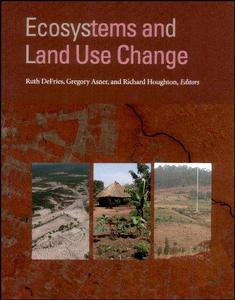


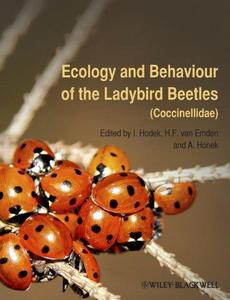
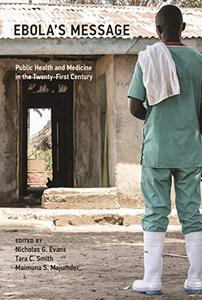
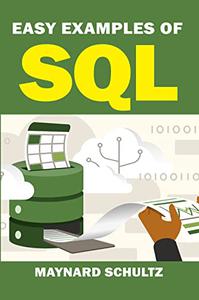
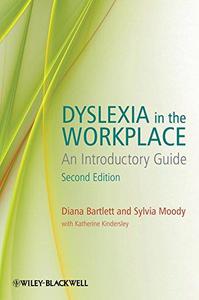








![David Gilmour - Luck and Strange (2024) [FLAC]](https://i.imgur.com/everaBc.jpeg)
![Męskie Granie Orkiestra - Męskie Granie 2024 (2024) [FLAC]](https://i.imgur.com/FAyOxrM.jpeg)
![The Rolling Stones - Hackney Diamonds (2023) [FLAC]](https://i.imgur.com/wCkyyUN.jpg)
![Lady Gaga - Harlequin (2024) [FLAC]](https://i.imgur.com/dcgIA8D.jpeg)
![Natalia Kukulska - Dobrostan (2024) [FLAC]](https://i.imgur.com/bdljG3O.jpeg)
![Kaśka Sochacka - Ta druga (2024) [FLAC]](https://i.imgur.com/hORQKvn.jpeg)
![Kuba Sienkiewicz - Pani Bóg (2024) [FLAC]](https://i.imgur.com/qijCx8Z.jpeg)
![Lanberry - Heca (2024) [FLAC]](https://i.imgur.com/8P7QfeR.jpeg)
![Sara James - PLAYHOUSE (2024) [FLAC]](https://i.imgur.com/m4f8OKg.jpeg)
![Grzegorz Hyży - EPILOG (2024) [FLAC]](https://i.imgur.com/8DA2sBr.jpeg)
![Myslovitz - WIECZORAMI CHŁOPCY WYCHODZĄ NA ULICE (2024) [FLAC]](https://i.imgur.com/l9mMtIG.jpeg)
![Krzysztof Zalewski - ZGŁOWY (2024) [FLAC]](https://i.imgur.com/vh48RAc.jpeg)
![Krzysztof Cugowski - Wiek to tylko liczba (2024) [FLAC]](https://i.imgur.com/SBzgqe2.jpeg)
![Nosowska - Kasia i Błażej (2024) [FLAC]](https://i.imgur.com/mObvVXQ.jpeg)
![sanah - Pianinkowe Kaprysy (2024) [FLAC]](https://i.imgur.com/pVjjPAa.jpeg)
![Kwiat Jabłoni - Pokaz slajdów (2023) [FLAC]](https://i.imgur.com/diERHfZ.jpg)
![Robert Cichy - Spacer po Warszawie (2024) [FLAC]](https://i.imgur.com/ixleU9o.jpeg)
![Viki Gabor - Terminal 3 (2024) [FLAC]](https://i.imgur.com/Q1KCnDs.jpeg)
![Sanah - Kaprysy (2024) [FLAC]](https://i.imgur.com/71OZm4h.jpeg)
![Męskie Granie Orkiestra - Męskie Granie 2023 (2023) [FLAC]](https://i.imgur.com/U4YHo8d.jpg)




